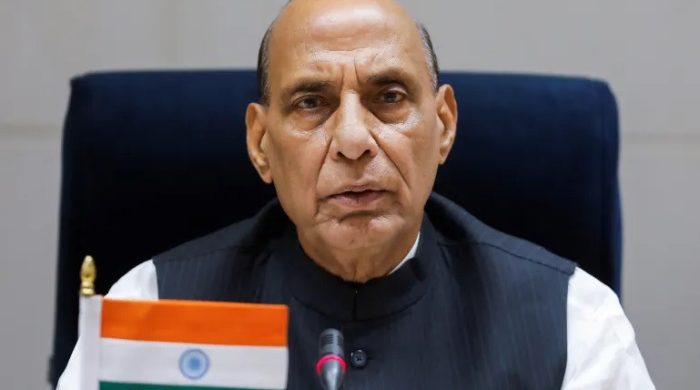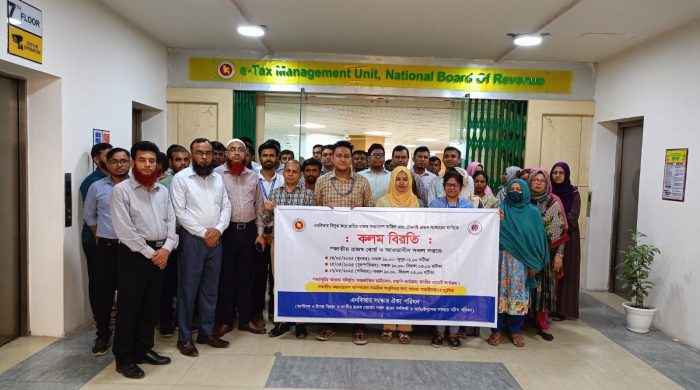Authorities still not adequately keen on dengue containment

- Update Time : Saturday, September 2, 2023
- 85 Time View

AN APPARENT indifference of the authorities to dengue, which peaked this year in early August and has remained so since then, is unacceptable. Dengue cases started rising in May and have now reached a high, with more than 10 dying and around 2,000 people requiring hospital admission a day. The dengue situation in August has made records in all aspects. At least 342 people died of dengue in August, higher than even any yearly dengue death toll before 2023. Moreover, at least 71,976 dengue patients were sent to hospital in August. With the August figures, the death toll has so far reached 593 while more than 1.2 lakh people needed hospital admission. Entomologists and epidemiologists fear that the dengue might plateau at its ongoing height in the absence of proper containment mechanism and amidst favourable weather conditions for Aedes mosquitoes. High temperatures and humidity amid intermittent rains are known to lead to a greater Aedes population and the weather has so remained for the past few weeks and is expected to remain so for the coming weeks. In such a situation, effective containment measures are the only way to contain the dengue threat.
What is particularly worrying regarding dengue containment is that the measures are largely confined to spreading larvicide and adulticide, that too, irregularly, inadequately and unscientifically. Such measures often become meaningless as they do not address the most important factor — the breeding grounds of Aedes mosquitoes. Stagnant water is believed to be the breeding ground of the dengue vector and most cities are full of places with stagnant water. The authorities and the public appear to neglect this important factor. Entomologists believe that it is impossible to contain dengue without attending to this factor which requires a crash programme with right steps. The authorities also appear to have fallen behind in studying the mutation of Aedes mosquito gene, which could have helped them use an effective insecticide. What is also worrying is the under-preparedness of the hospitals to treat dengue. Most hospitals in Dhaka and Chattogram are crowded with dengue patients who are suffering from a lack of treatment facilities. Moreover, prices of medicines used in dengue treatment have shot up amidst a lack of oversight. All this suggests criminal nonchalance on part of the authorities.
The authorities must, therefore, take up a crash programme employing all measures to contain the menace now. In so doing, the authorities must keep open spaces, buildings and establishments clean and spray effective and proven larvicide and adulticide regularly. People must also stay vigilant and rid their houses of any water that collects. For a long-term solution, the authorities must learn from countries that have managed to successfully contain dengue and apply them.




















